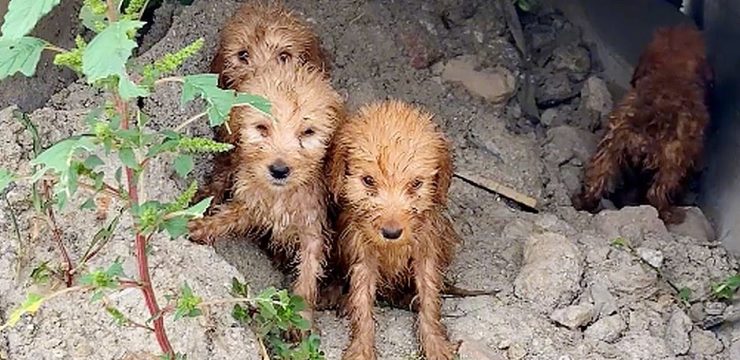Kids have a special way of asking questions that completely catch us off guard, and often, those questions end up being way more profound than we ever imagined. Just the other day, while I was helping my five-year-old wash his hands in the bathroom, he looked at me with wide eyes and asked, “Why is toilet paper always white?” At first, I thought it was just one of those random kid questions you answer quickly and move on from. But the more I thought about it, the more curious I became.

That one innocent question took me on an unexpected journey into history, manufacturing processes, psychology, marketing strategies, and even environmental impact—all centered around something as ordinary as a roll of toilet paper. Children are naturally curious; they’re built to explore and question the world around them. They don’t just see things as they are—they wonder why they are that way. And in my son’s colorful world filled with vibrant toys, books, and pictures, the white toilet paper stood out as oddly plain. It wasn’t just a question about color—it was an invitation to discover something deeper. Believe it or not, toilet paper didn’t always come in white. Back in the mid-20th century, it was common to find rolls in soft pastel colors like pink, blue, green, or peach. Some brands even created patterns to match the wallpaper in trendy bathrooms. It was all part of home décor, a time when matching every detail mattered. But over time, things changed.
Consumers started to associate white with cleanliness, purity, and hygiene. Combined with the rising costs and environmental concerns tied to dye production, companies gradually phased out colored paper. Eventually, white became the standard. That rainbow of tissue faded away, and the plain white roll took its place as the go-to choice. To understand why toilet paper is white today, it helps to look at how it’s made. The process begins with wood pulp, which naturally has a brownish tone. To create soft, clean tissue, the pulp is broken down into fibers and bleached. This step doesn’t just make the paper white—it removes impurities and lignin (the stuff that holds wood together), and it helps make the paper softer and more absorbent. So, the whiteness isn’t just for looks; it’s a result of a process that improves the quality and feel of the final product.
There’s also a strong psychological element involved. In the world of hygiene products, white is linked to purity and cleanliness. Think of doctors’ white coats, hospital sheets, and lab walls—they’re white because they signal sterility and safety. The same goes for bathroom products. A roll of white toilet paper feels trustworthy and clean. Colored toilet paper, on the other hand, might make some people subconsciously question whether it’s as sanitary or safe, especially for sensitive skin. From a business perspective, white makes the most sense.
Producing colored toilet paper would require separate dyeing processes, different packaging, and more materials—all of which cost more and create more waste. By sticking to white, manufacturers reduce complexity, cut costs, and make recycling easier. And while bleaching does raise environmental concerns, many modern brands use eco-friendly practices that involve recycled materials and less harsh chemicals. Ironically, white toilet paper may actually be a greener choice than its colorful predecessors. For those wondering, yes—colored and patterned toilet paper still exists, but it’s not common. You can find it through specialty or boutique companies, often as a decorative novelty. But it’s pricier, sometimes fragranced, and generally less gentle on skin. That’s why most people continue to prefer plain white rolls. My son’s question ended up being a reminder that curiosity is powerful. What started as a simple inquiry led us to learn about manufacturing, psychology, history, and environmental science. It reminded me that even everyday items—like toilet paper—are packed with stories about human choices and innovation. The roll hanging in our bathroom isn’t just tissue—it’s a product shaped by decades of consumer behavior, design decisions, and scientific processes. In the end, it took a five-year-old to help me realize how much wonder there is in the things we overlook every day. His question didn’t just lead to a Google search—it sparked a meaningful conversation and reminded me how important it is to stay curious. So the next time a child asks you something that seems small or silly, pause before you brush it off. There might be a bigger story waiting just beneath the surface. Sometimes, the most insightful journeys begin with the simplest questions.





